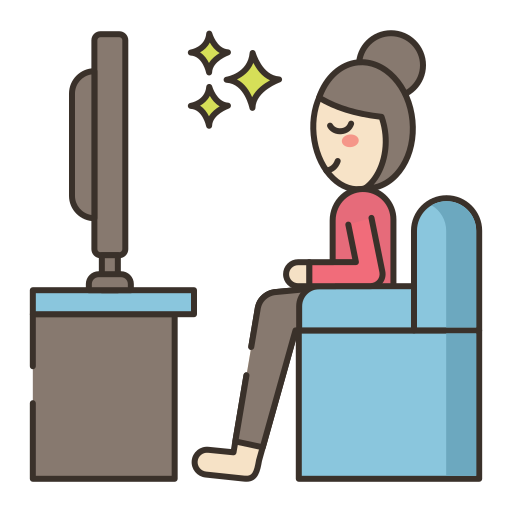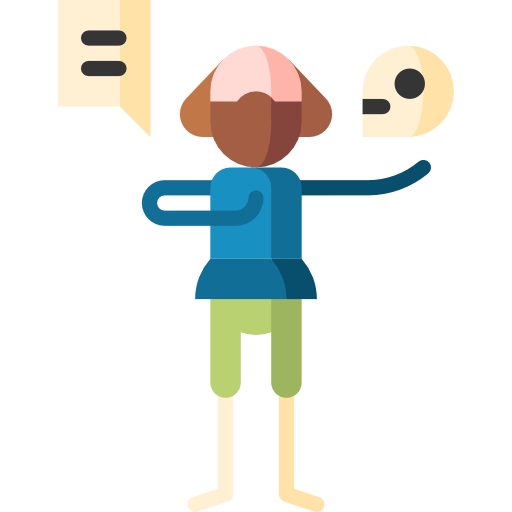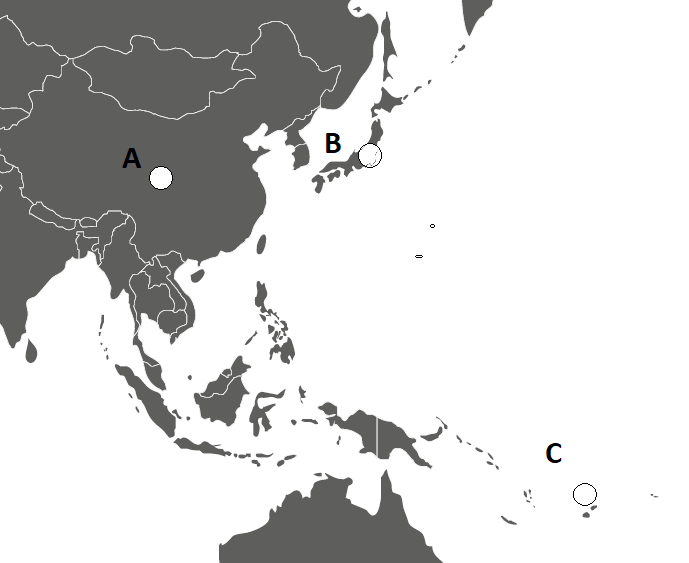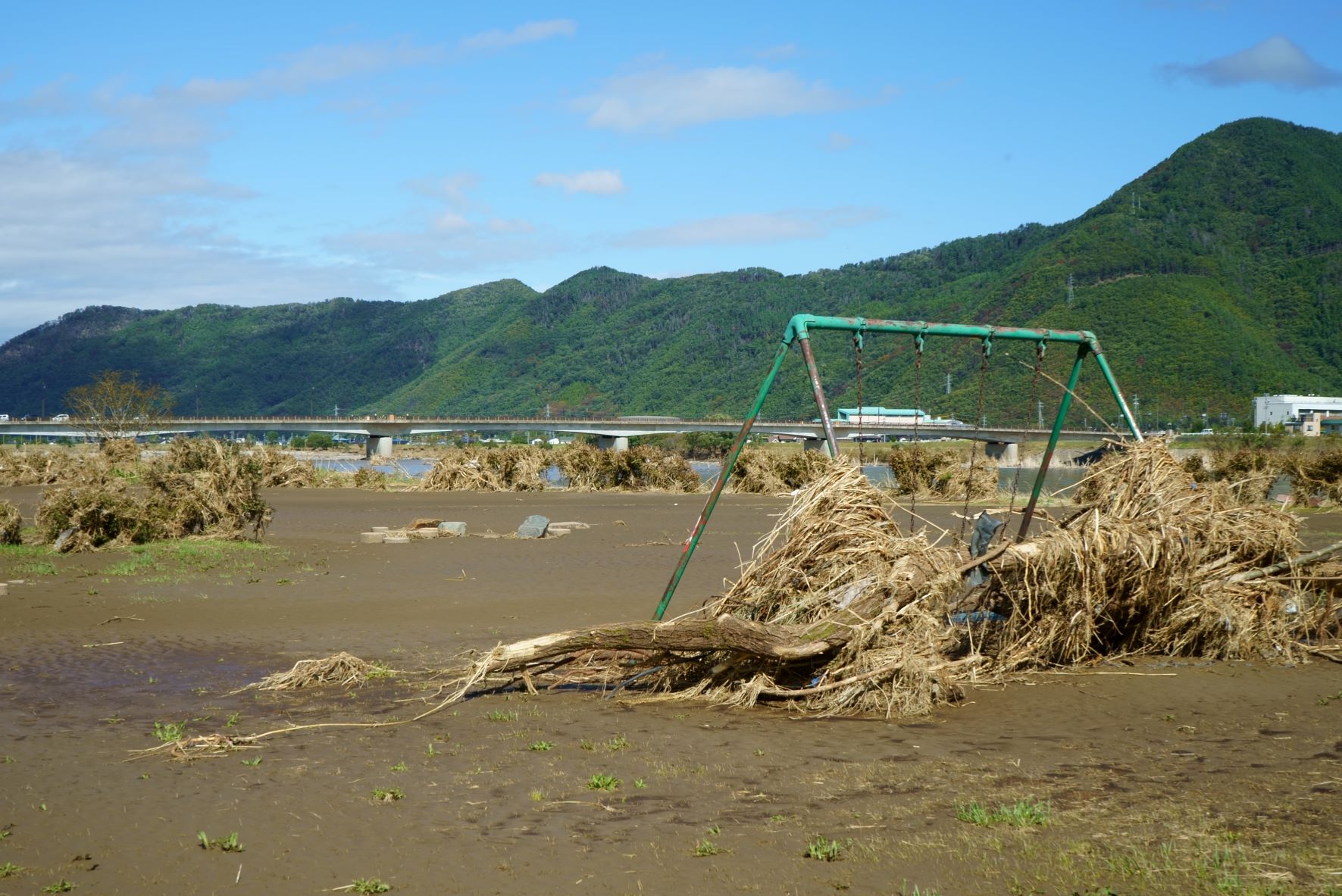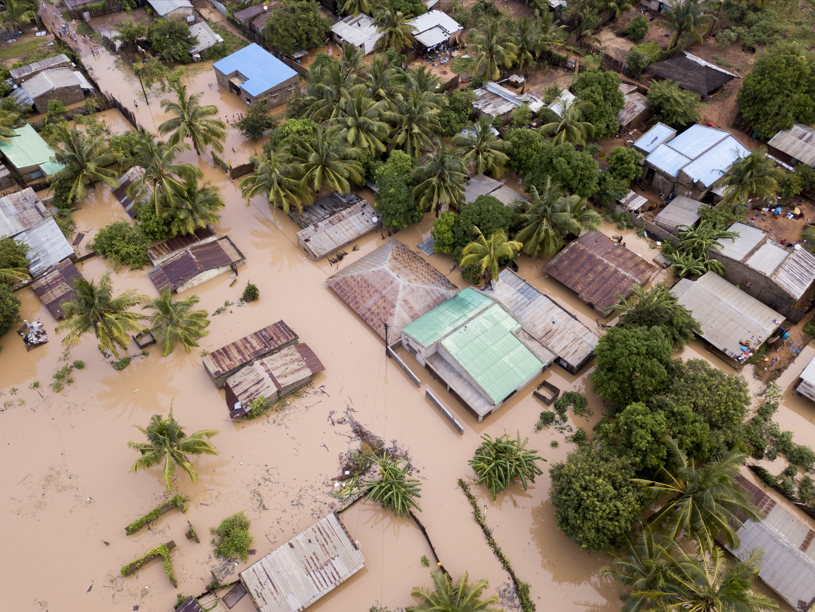Bhutan is a Happy Country
What makes you happy? Everyone will have their own answers.
In November 2011, the king and queen of Bhutan came to Japan. They visited Tohoku’s devastated districts, and their warm smiles reminded many Japanese of happiness, which had been lost since the Great East Japan Earthquake in March 2011.
Bhutan is a small country surrounded by the Himalayan Mountains. After the Meiji Restoration, Japan aimed to become an economically huge country, but Bhutan did not. Bhutan is not an economically prosperous country, but many of its residents claim to be happy. It is the concept of GNH (Gross National Happiness) that makes a lot of Bhutanese feel happy.
The Bhutanese government has carried out four policies based on GNH.
1. Promotion of sustainable development
2. Conservation of the natural environment
3. Preservation and promotion of cultural values
4. Establishment of good governance
Bhutan has faced difficulties such as population inflow to cities and unemployment since it began modernizing its society. Young people, influenced by television and the Internet, have begun to immerse themselves in foreign cultures. However, Bhutanese society has remained mostly unchanged. Young people still believe that bonds with close friends and family are the most important connections in their lives.




















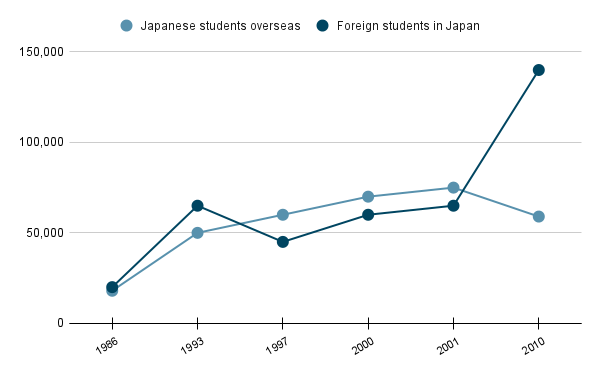


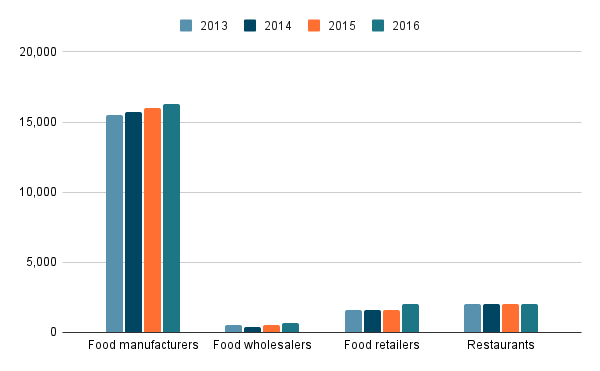















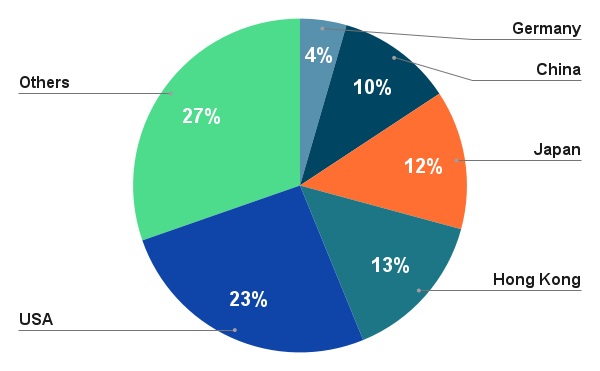
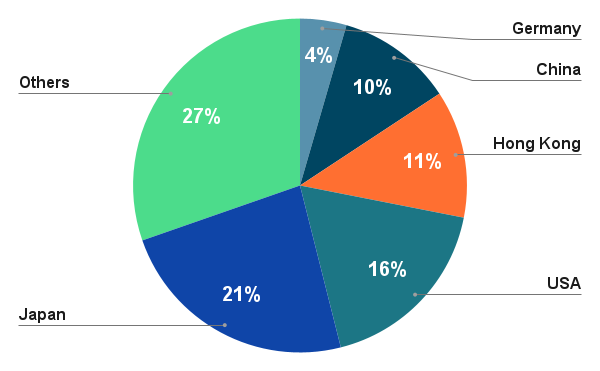
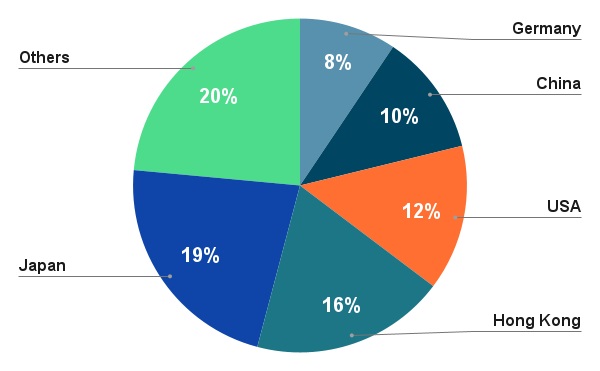
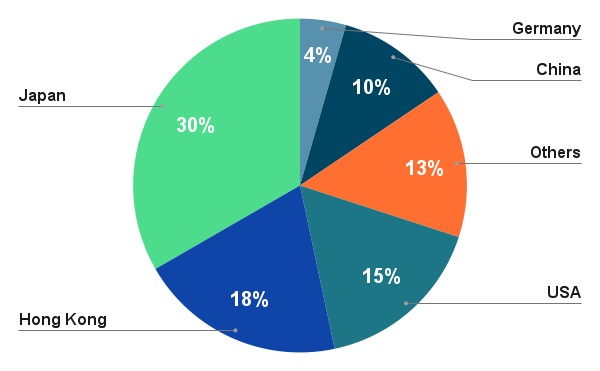

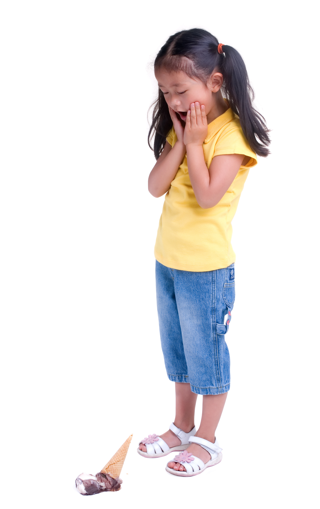



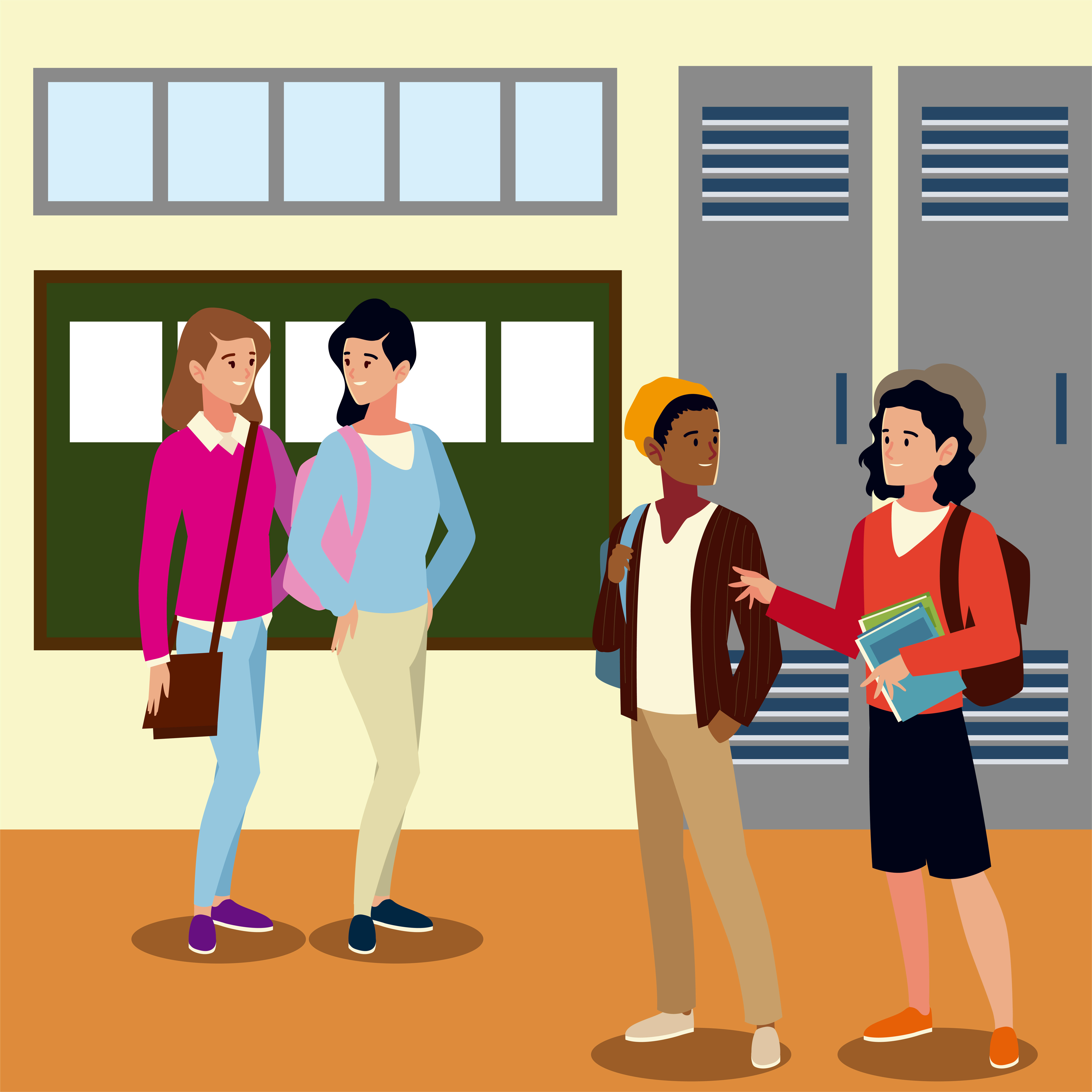
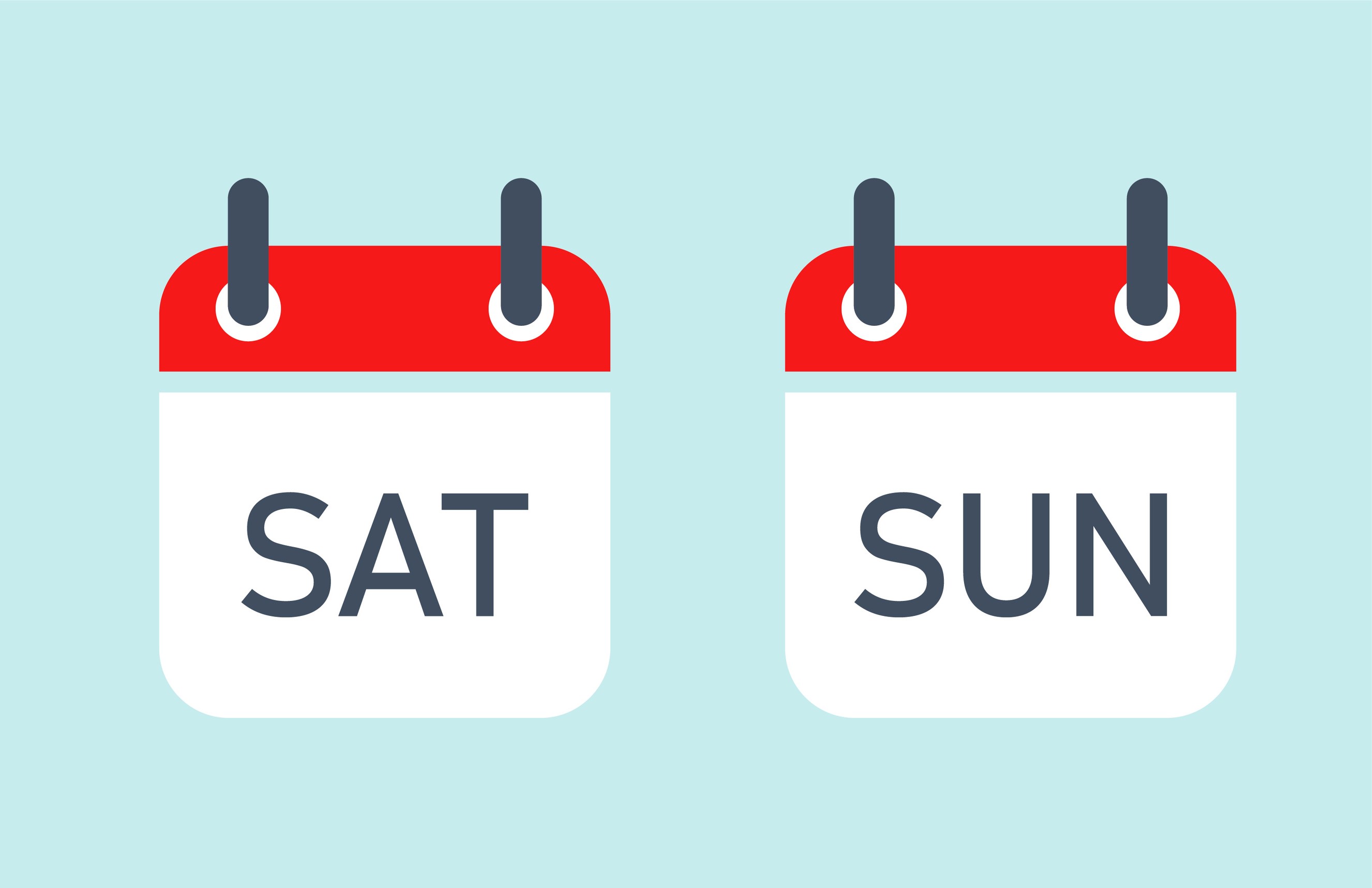
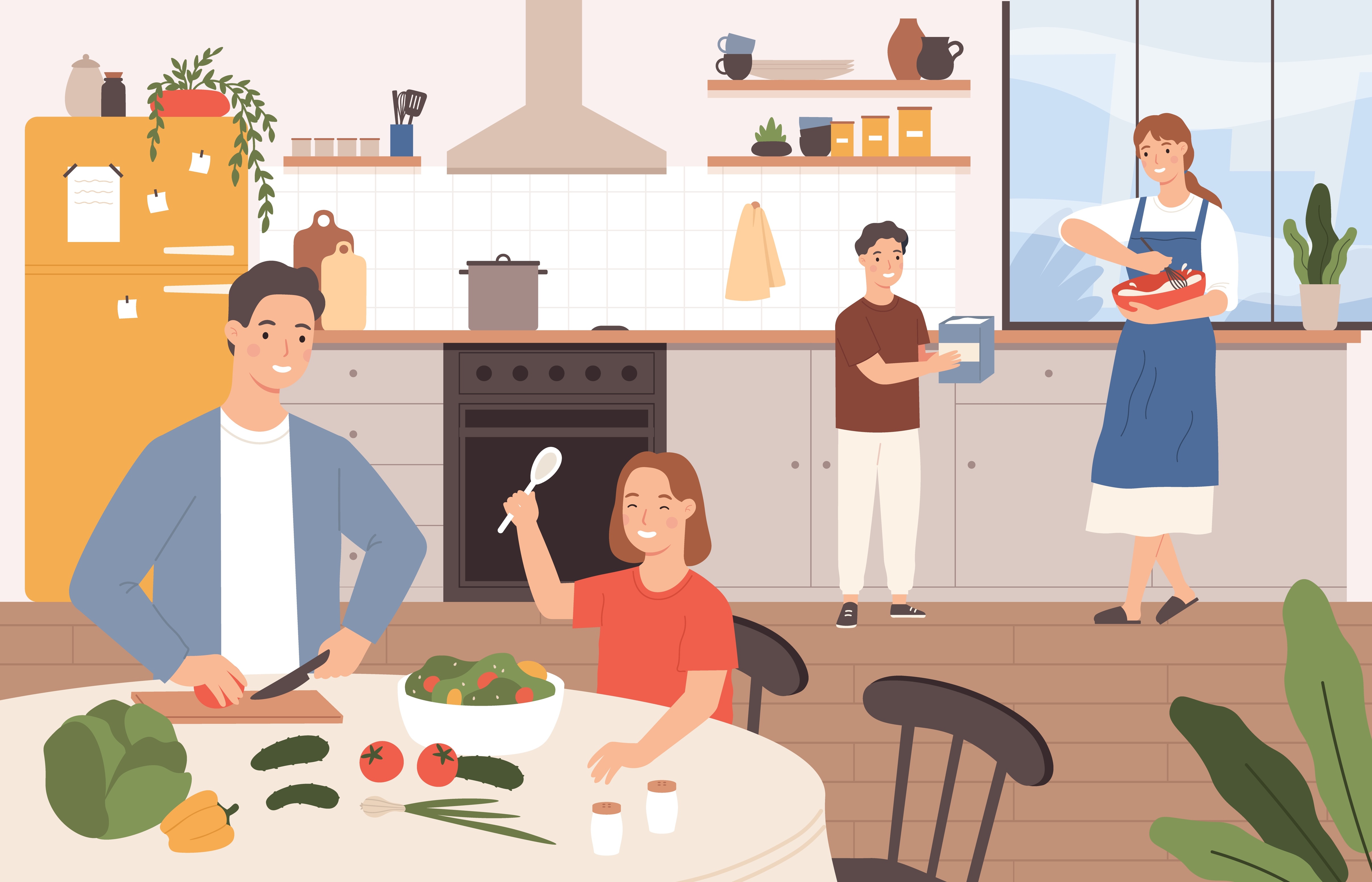


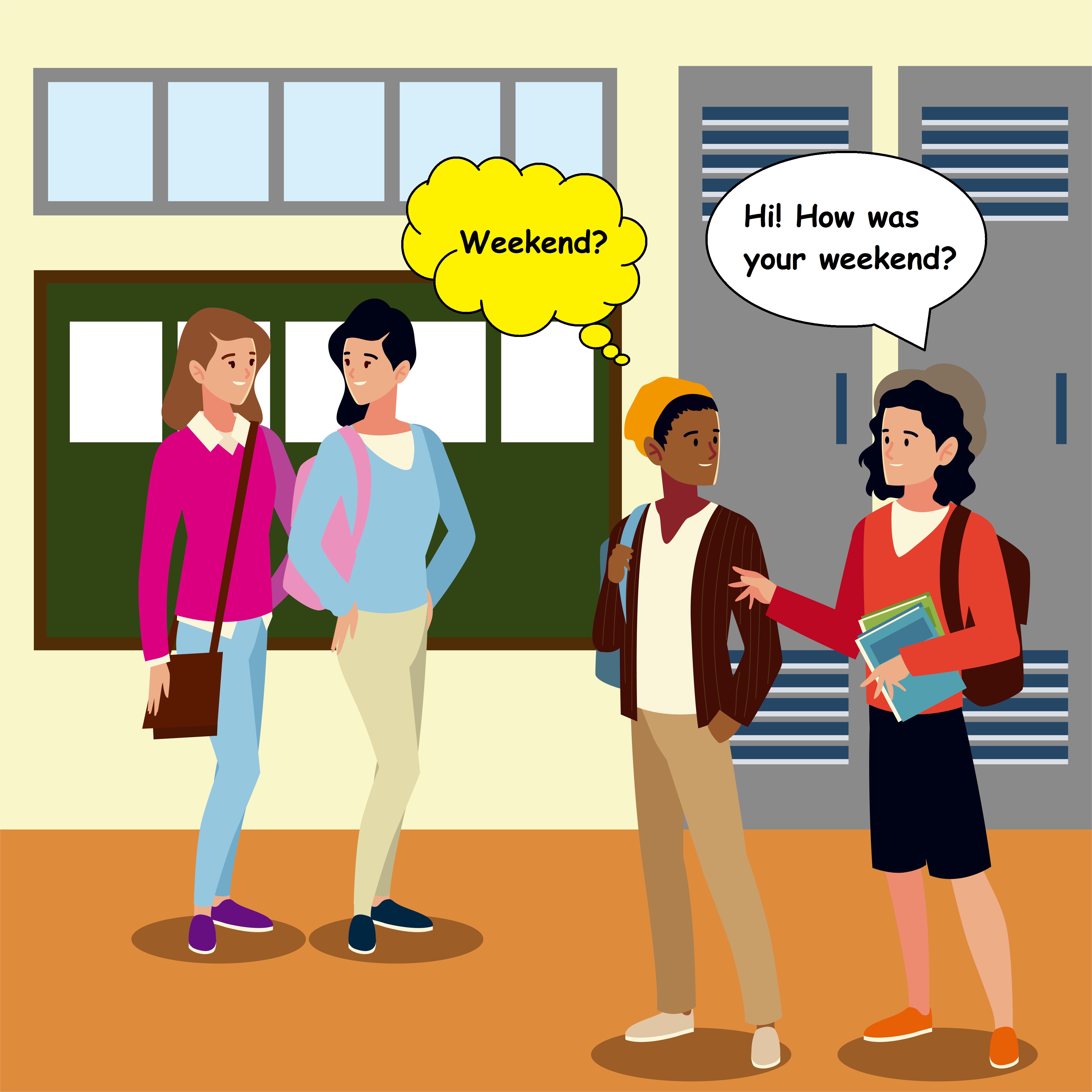
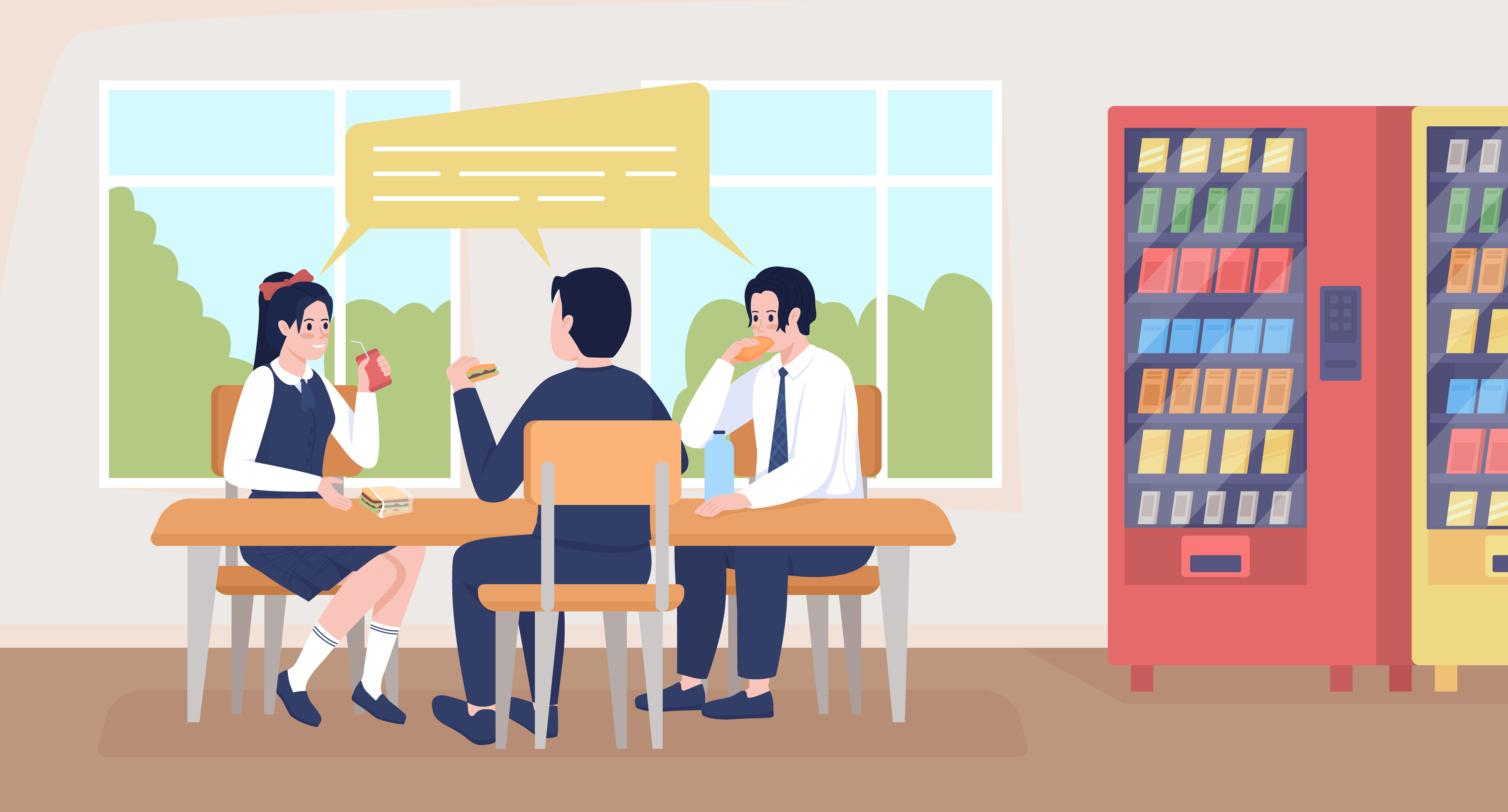
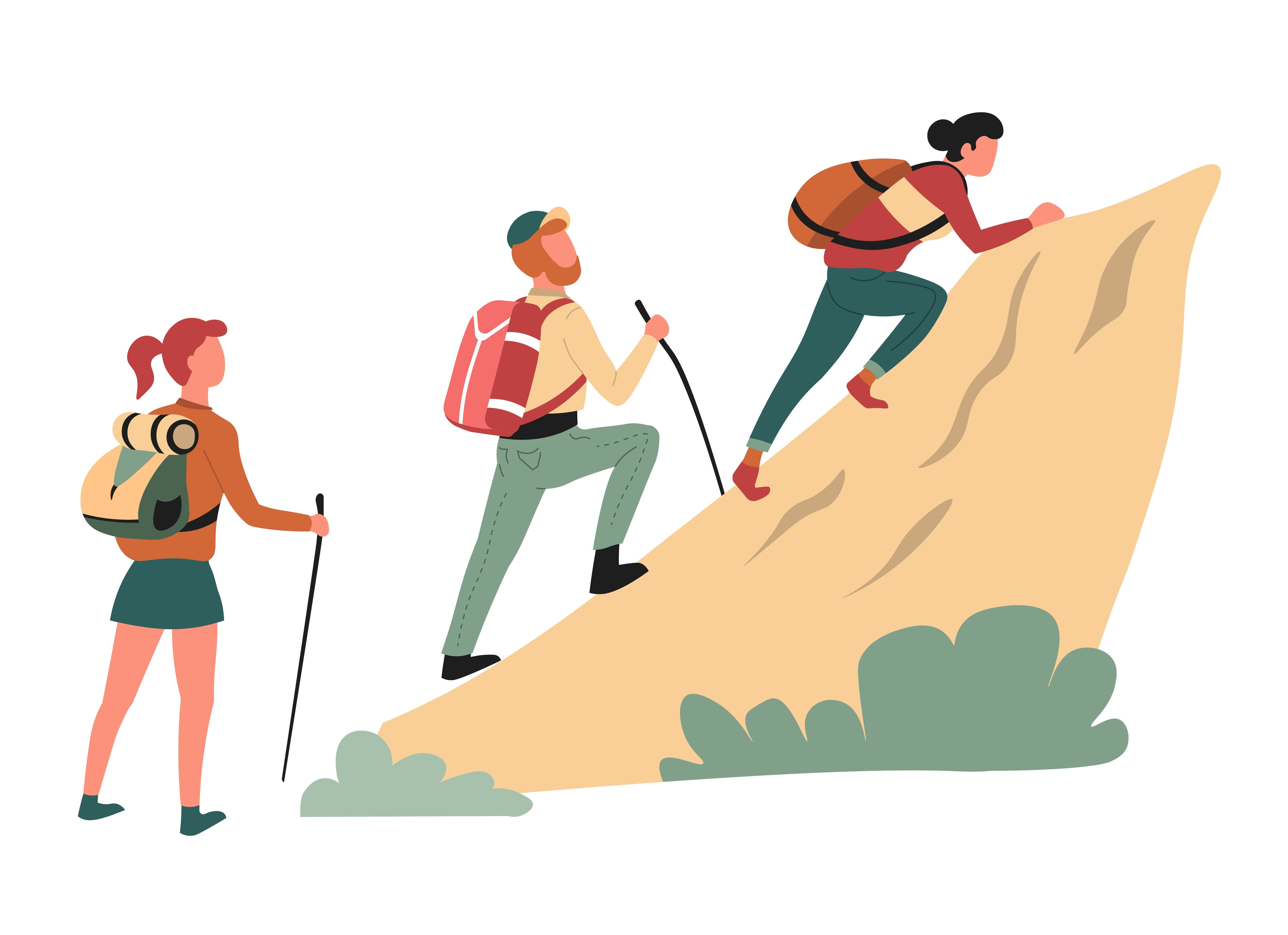

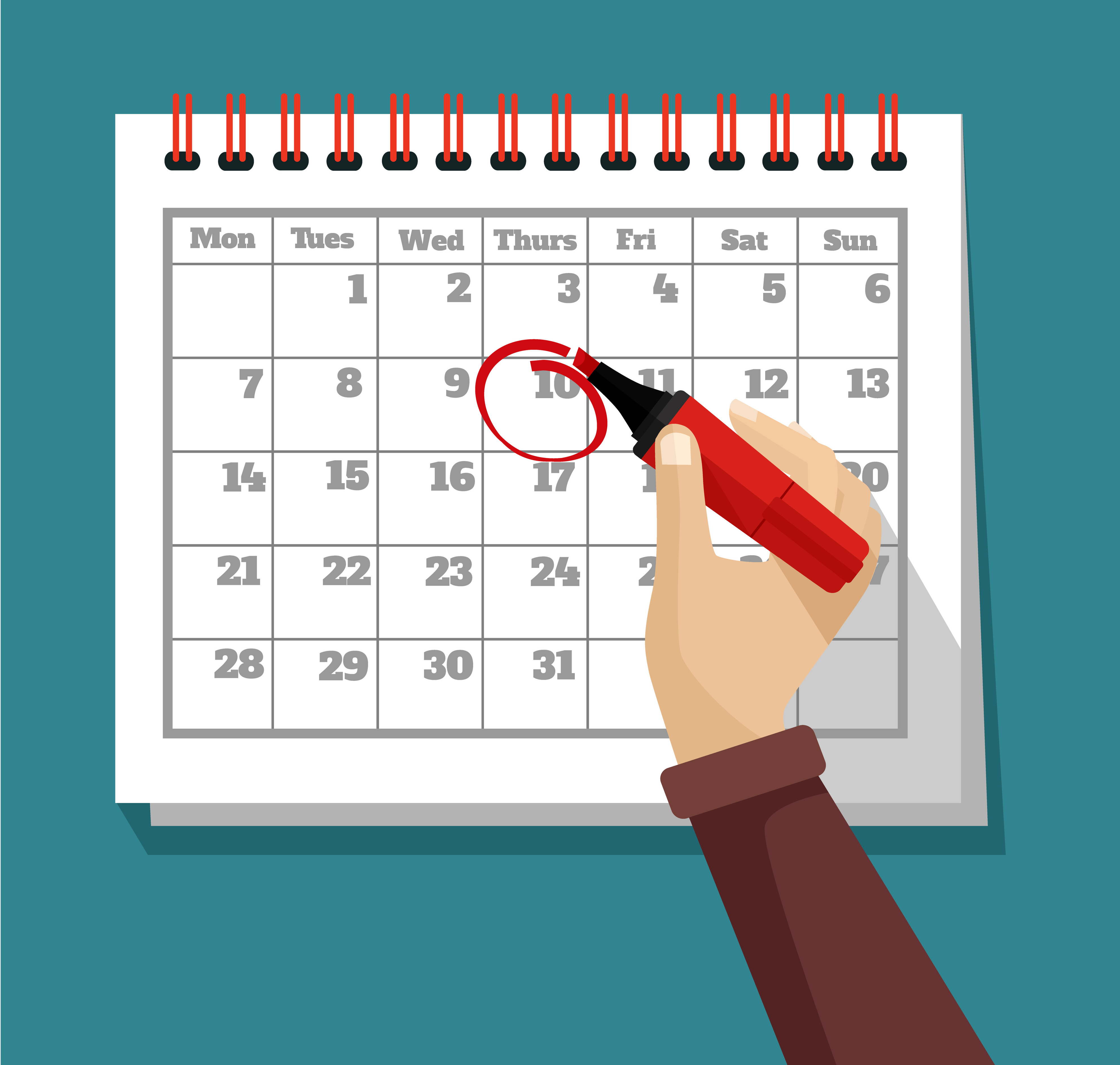
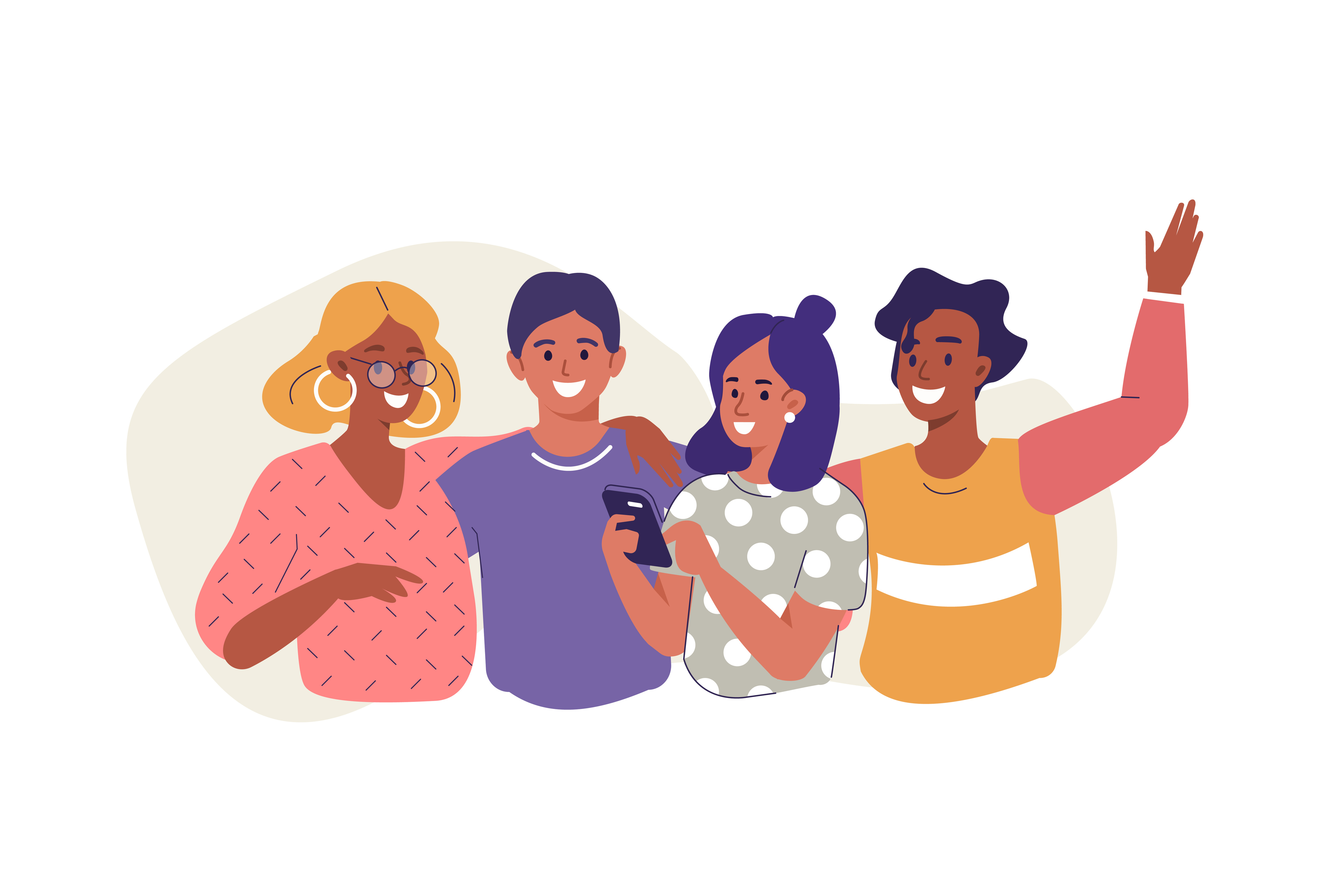

 GOOD
GOOD 

